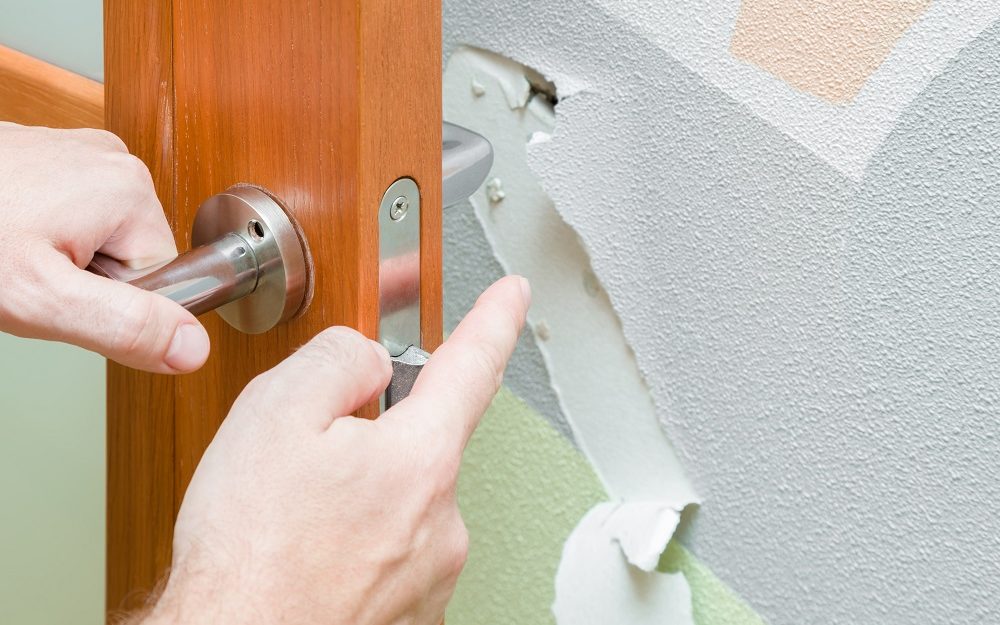
When conducting inspections, you may come across some wear and tear. How do you determine what is fair and excessive and who is responsible for what?
The Residential Tenancies and Rooming Accommodation Act 2008 does not have a specific definition of fair wear and tear, although it is considered to be wear that happens during normal use and changes that happen with ageing.
The Queensland Civil and Administrative Tribunal definition of fair wear and tear is, in general, concerned with the consequences of ordinary, not extraordinary damage.
Some examples of fair versus careless damage are: cracked window panes due to old frames versus cracked window panes from careless slamming; paint fading over time versus paint discolouration through candle smoke; plaster cracks as the building settles versus plaster chipped by nails being hammered in; carpet fading due to walking versus holes and stains in the carpet; scuffed varnish on wood versus chips and scraps on wood.
Fair wear and tear is the responsibility of the property owner, while careless or excessive damage is the tenant’s.
Landlords and Property Managers should take note of the durability of certain fixtures and items. It’s vital for all parties to complete the entry condition report and take before-and-after photos of the unit so everybody has proof should it be needed.
Stacey Lee Realty has experienced Property Managers to handle the task of maintaining your investment and ensure your investment is working for you with minimal hassles. Call us today at 07 3399 2966 or visit www.staceyleerealty.com.au
